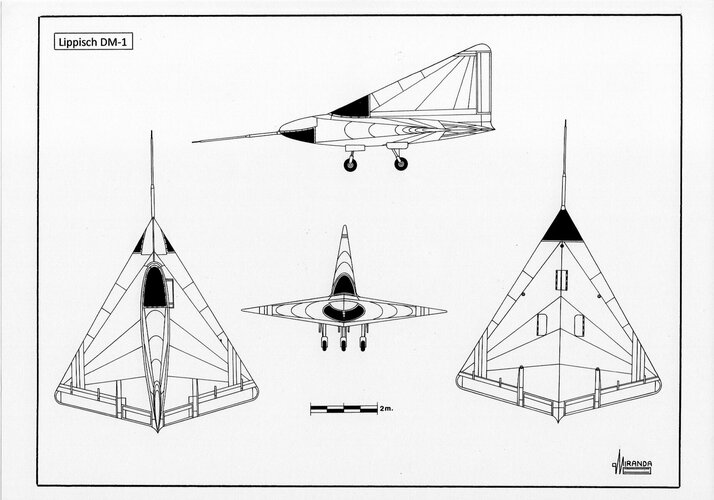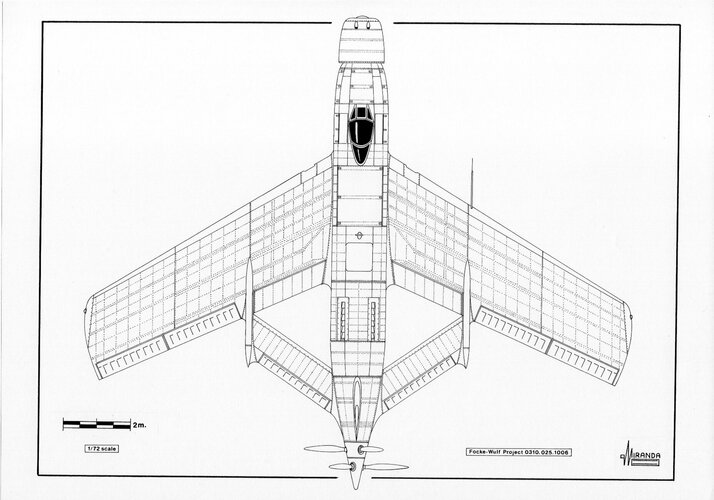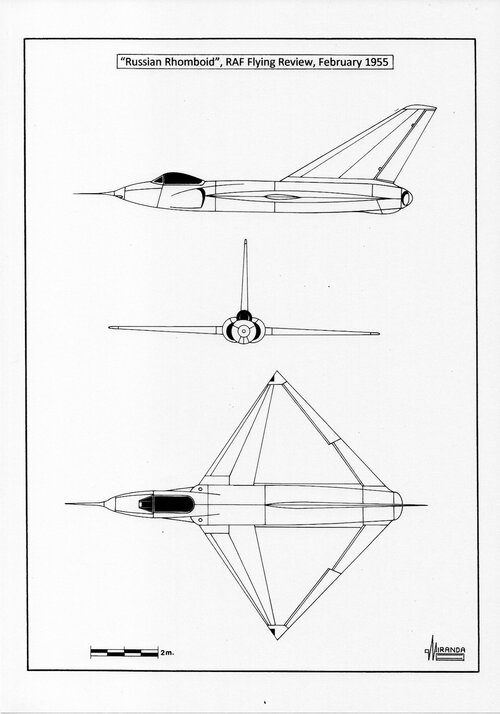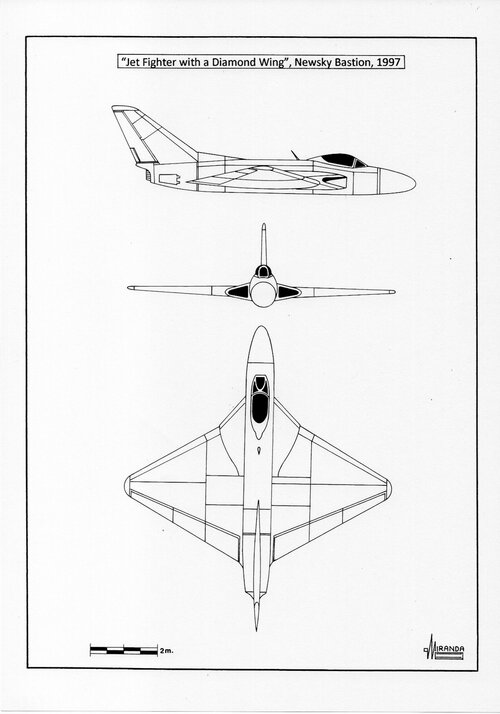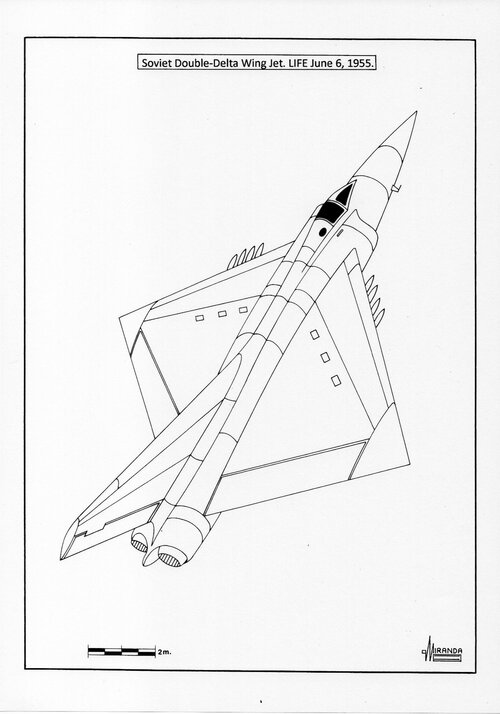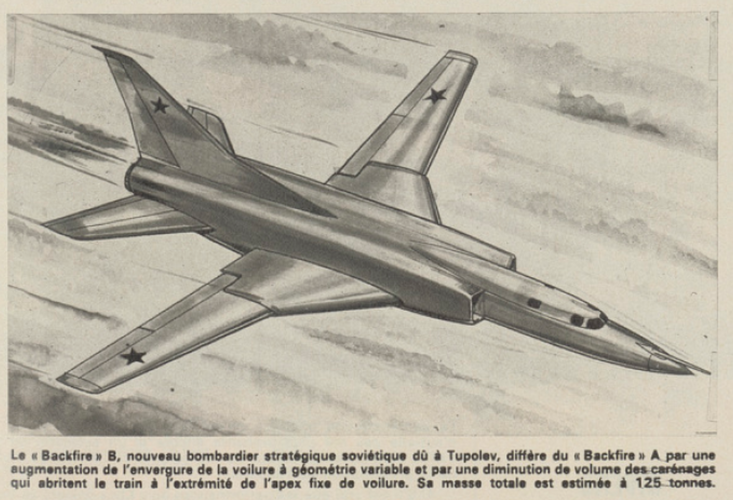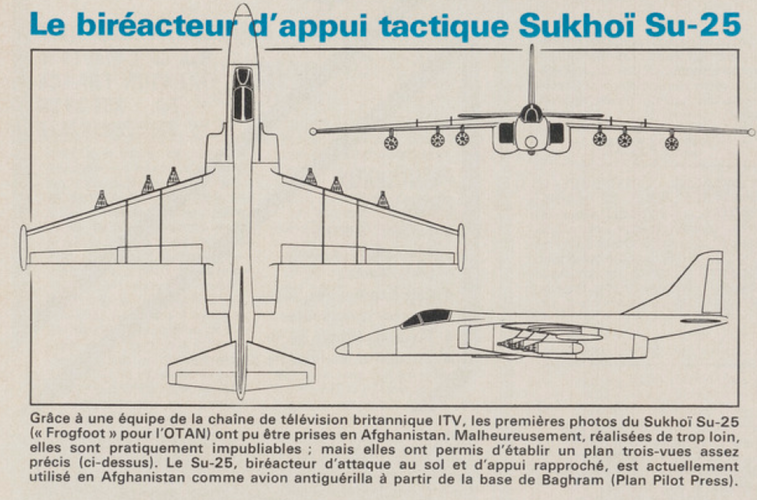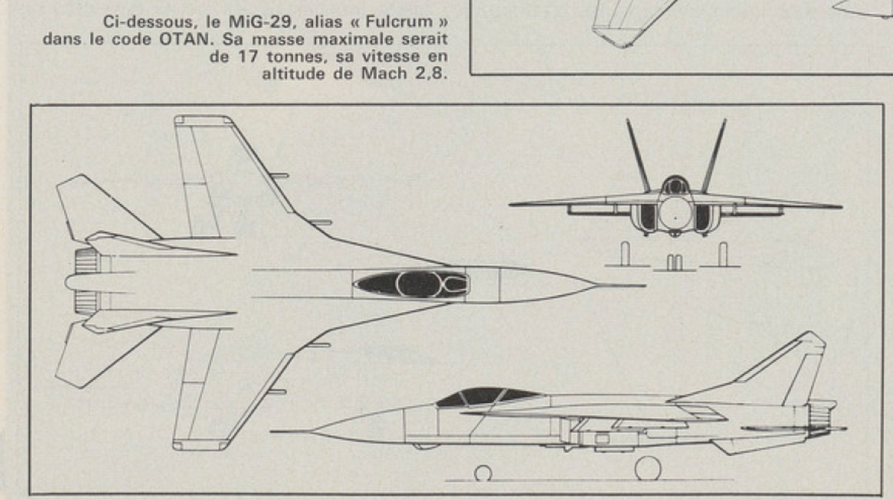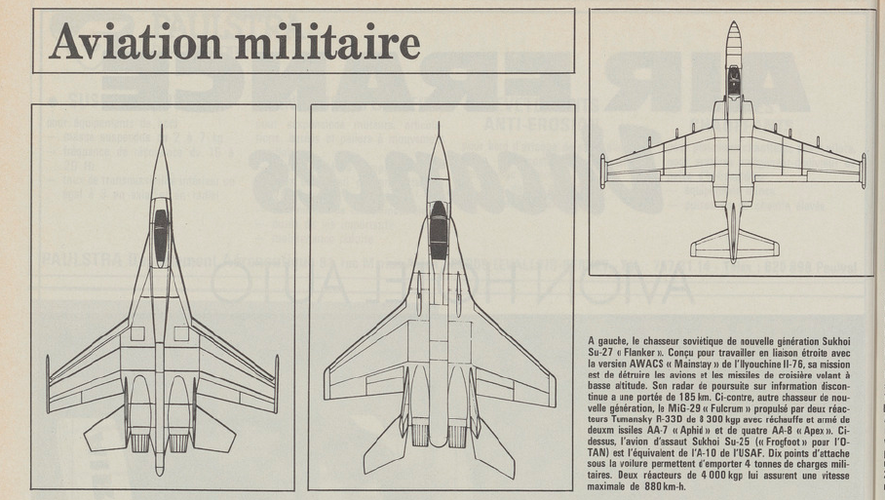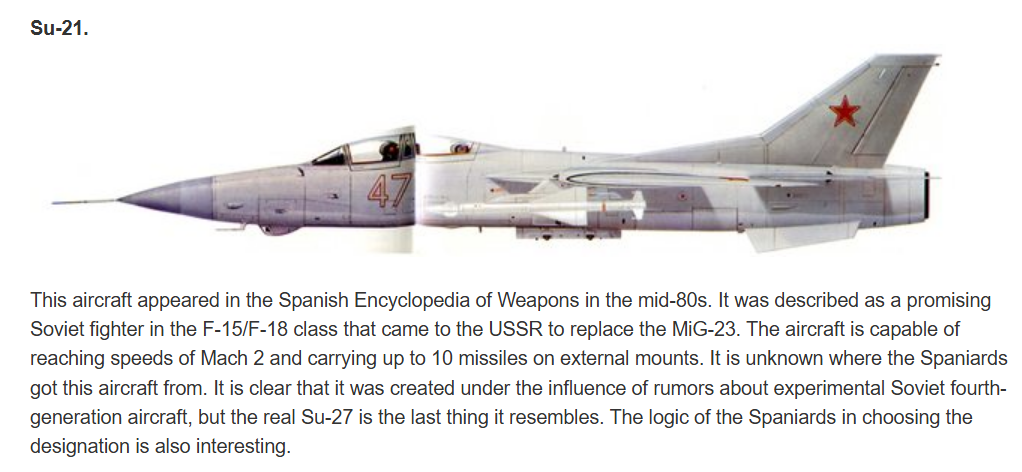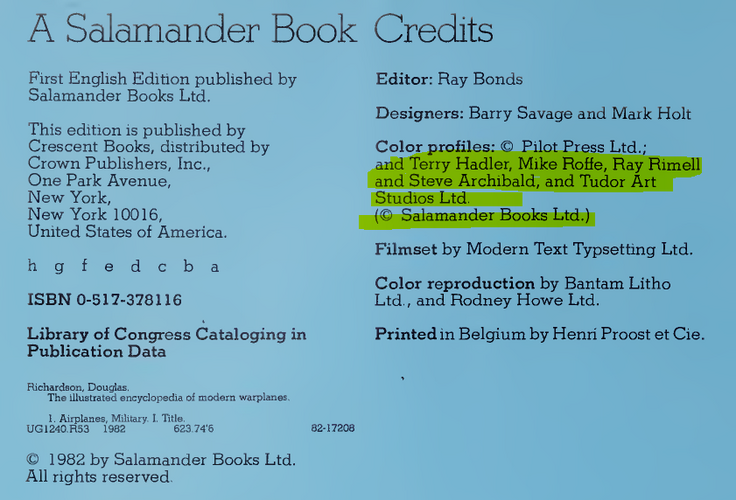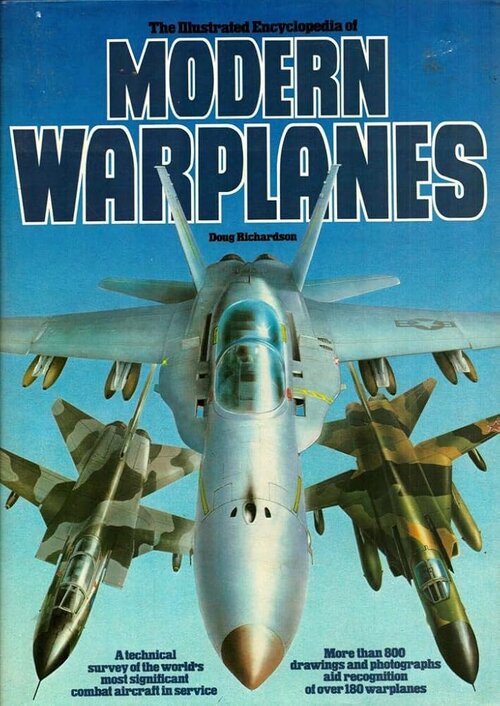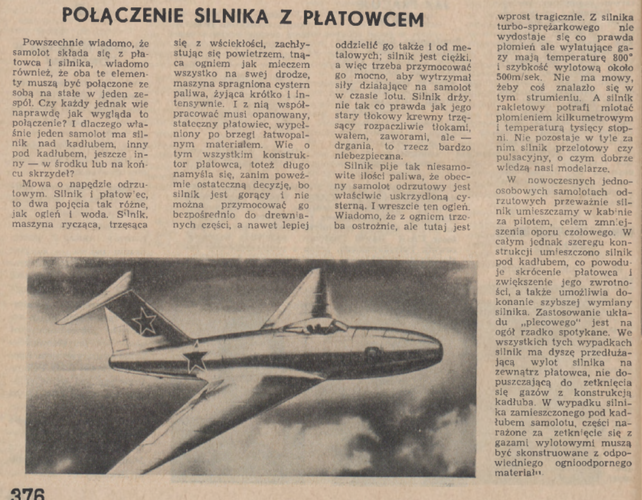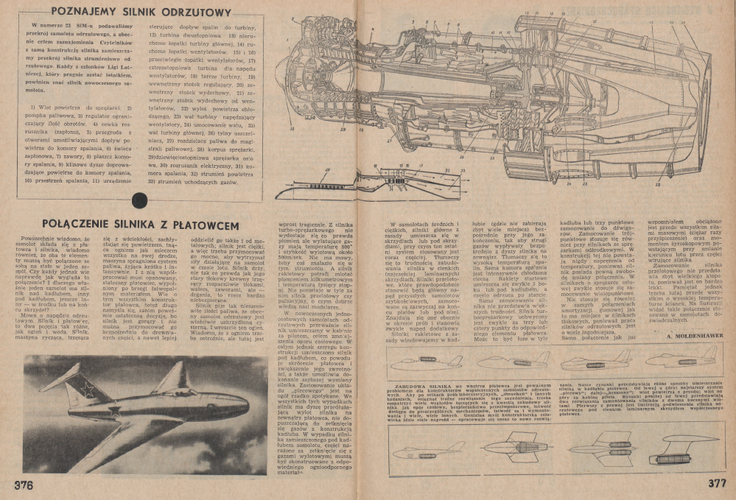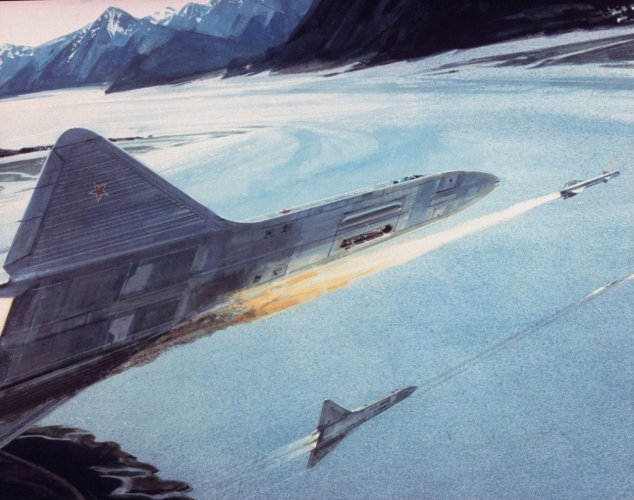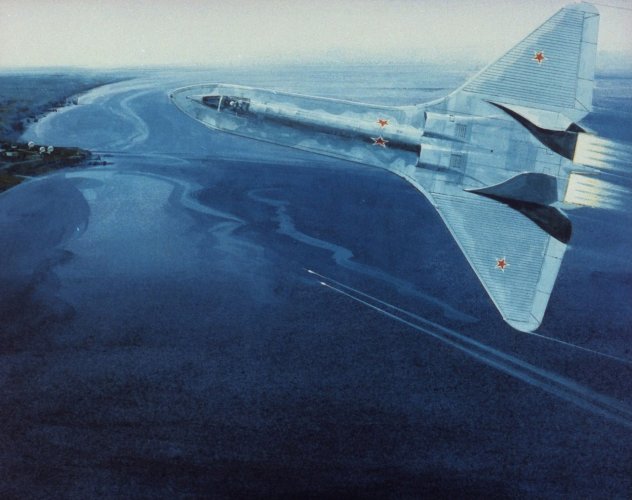Fake MiG-X
The spindle is the perfect aerodynamic shape but, at speed below Mach 5, this type of body does not produce enough lift to keep on flying. Any attempt to add a wing collides with the problem known as “area rule” during supersonic flight that consists of a proportional increase of drag.
In 1942 a team of aerodynamicists of the AVA (Aerodynamische Versuchs Anstalt) led by Dr. Ing. Alexander Lippisch built a heart-shaped model of a delta wing, with a 60-degree swept, that proved to be an ideal supersonic body. Tests performed in the Göttingen wind tunnel showed that the body offered the minimum drag at over Mach 1, using less power that any of the other tested configurations. Known as Überschall Delta, this shape was unstable during flight, given the technology available at the time, and therefore it could not be used as a base to build a supersonic airplane.
Most of the research work done by Lippisch during the rest of the war had the objective to create a delta wing apt for stable and long-range supersonic flight. This meant that they should reach and surpass Mach 1 in horizontal flight using very powerful engines and should have a great sweep.
Low aspect ratio wings can operate at high angles of attack before stalling, but the designers were afraid that the behaviour of this type of wing would be dangerous during landing at low speed.
A test glider named Lippisch DM-1 was built to analyse this question, with the cooperation of the FFG Darmstadt and the FFG München in 1945. It was a rhomboid delta wing with 60-degree swept on the leading edge, -15-degree on the trailing edge and the cockpit built within the tailfin.
The advantages of this wing over a conventional wing of similar are: reduced aerodynamic drag, reduced wingspan, low structural weight, high lift/drag ratio, very low supersonic drag and high maneuverability.
After the war, the DM-1 was moved to the USA where its development was pursued by the Scientific Advisory Group of the USAF, under the direction of Professor Theodore Von Kármán, in the NACA and in the Langley wind tunnel. The static tests tried different configurations of cockpit and tailfin and several types of new leading edges. They were trying to find out why the Reynolds coefficient (that measured the relative viscosity of the air flow at high speed) was too high.
The final version was named NACA #8. It had a new leading edge with sharp edges and 64.2-degree, a bubble cockpit and a triangular tailfin with 15% thickness and 35-degree sweep. It was declared stable at supersonic speed but, due to its small size, it would not have been able to carry enough fuel if a rocket engine would have been installed or would it have reached Mach 1.
On 27 January 1945, the OKL published the Vorrückenprogramm for high performance night fighters, equipped with the new radar Telefunken FuG 222 Pauke S with parabolic antenna of 45 cm of diameter. It was expected that the new night fighter would reach a maximum speed of 900 km/h, with a service ceiling of 9,000 m and have an armament of four forward-firing MK 108/30 cannons.
The Focke-Wulf design team proposed to modify its project P.0310.025-1006, that has originally been conceived as single seat high-altitude interceptor and able to fly and fight at an altitude superior to the Me 262 B-2a, with a great rhomboidal wing and pusher airscrews aircraft, powered by a 4,000 hp. Argus As 413 piston engine and armed with four guns of 30 mm. Neither the Argus As 413 nor the Jumo 222 E/F, proposed as replacement, were available when Göring ordered to stop the development of any type of piston engine on February 22, 1945.
Early in 1944 a Henschel design team, under the leadership of Dr. Vöpl, started the development of a new anti-ship supersonic missile with 1.51 m span rhomboidal wings, 3.47 m length and 0.37 m of diameter.
On July 10, 1944, the technical report Nr.3122 Windkanalmessungen am Henschel-Gerät Zitterrochen bei Unter-und Überschallgeschwindigkeiten was proposed to the RLM, under the codename Zitterrochen.
In January 1945 aerodynamic tests, between Mach 0.5 and 1.6, were carried out at the AVA/Göttingen wind tunnel under the direction of Professor Walchner.
The missile was described by Julius Henrici in a technical report produced for the Allies in August 1945.
On April 12, 1948, NACA published the “Technical Memorandum No. 1159” of the wind tunnel measurements of the Zitterrochen in subsonic and supersonic velocities.
The tests used three 1/36 scale models with 9.79 ft. length and three types of wings: ZR-2.0 with 4.11 ft. span, ZR-1.0 with 3.05 ft. span and ZR-0.5 with 2.90 ft. span.
Early in 1954, Artyom Mikoyan published a theoretical article on the supersonic characteristics of rhomboid wings. Possibly it was an aerodynamic study on the supersonic fighter Antonov Per-01, developed in 1952-53.
On June 19, 1954, Anastase Mikoyan published an article on the subject in Sovietskaya Literature. According to author, Artyom Mikoyan it referred to a type of delta wing with negative swept trailing edge, similar to that used in the construction of the Lippisch DM-1 that was being tested on the TsAGI.
The article was published in Aviation Week on September 20, 1954, but was ignored by Western publications that considered it an attempt of disinformation.
In February 1955 RAF Flying Review published a three-view drawing of a Russian Rhomboid airplane with diamond wings.
In March 1955 Air Force published the illustration of a similar aircraft and mention it made test flights at Ramenskoye.
On June 6, 1955, LIFE published an illustration of the same aircraft with the text: “A new Soviet Air Force Threat. Soviet double-delta wing jet, which was already flown, probably travels twice speed of sound, at least matching any known U.S. design”.
The same illustration was published in Popular Mechanics in July 1955.
In March 1958 Revista de Aeronautica published two new illustrations depicting the same aircraft in ventral and side views.
In April 1956 Avion published a three-view drawing defining it as a “Soviet subsonic trainer”.
That same year the aircraft was described as “a MiG” in Journal Français de l'Aviation and in the Italian version of the magazine as “The MiG-X that had already entered production”.
In October 1990 the Japanese magazine Aereview published three fake photos of the plane on page 105. Caption mentions that the prototype was tested by MiG in June 1954.
In February 1997, G.F. Petrov published the article "Mysteries of History Military Equipment" in Newsky Bastion magazine, Issue Nº3, along with a speculative three views drawing of a rhomboid fighter, with 8 m wingspan, 9 m length and 3 m height.
According to Petrov, in the years 1950-1952 the TsAGI was working in three diamond-type wings, designated RK-1, RK-1M and RK-2.
They would possibly be duplicates of the three models of the Zitterrochen missile tested in the NACA wind tunnel in 1948.

